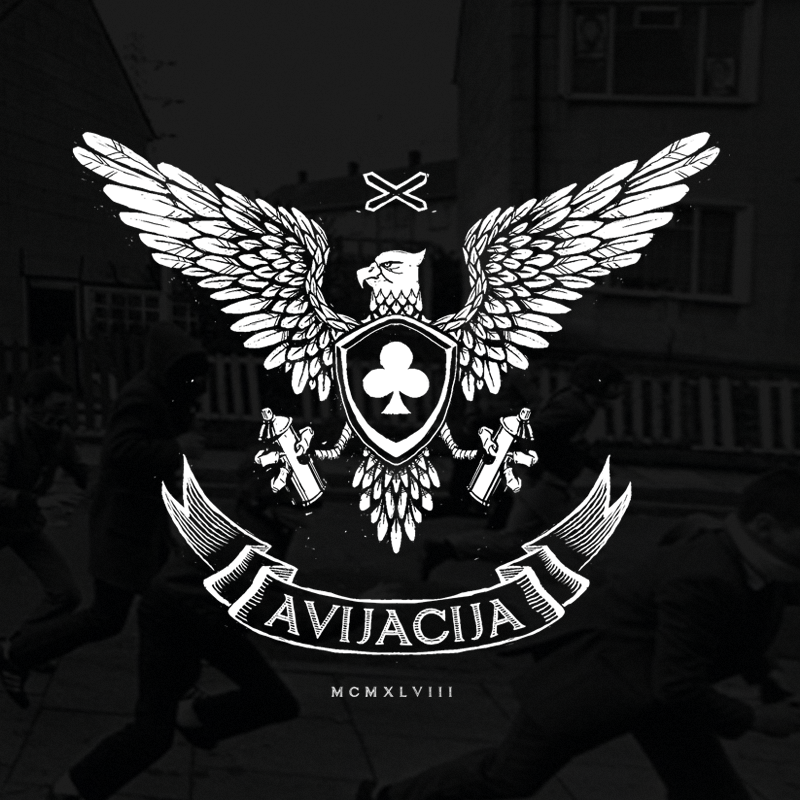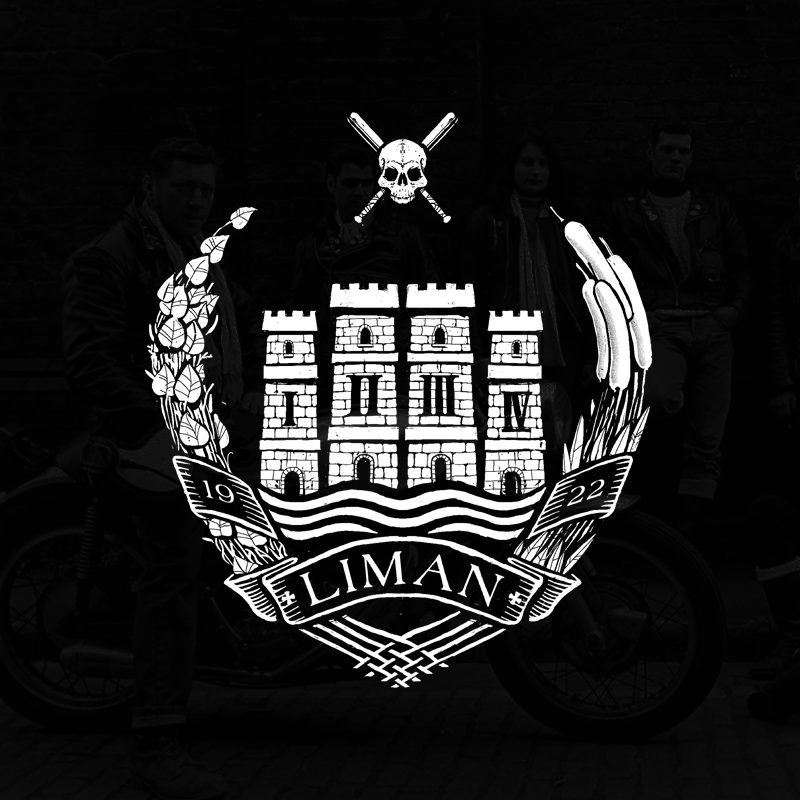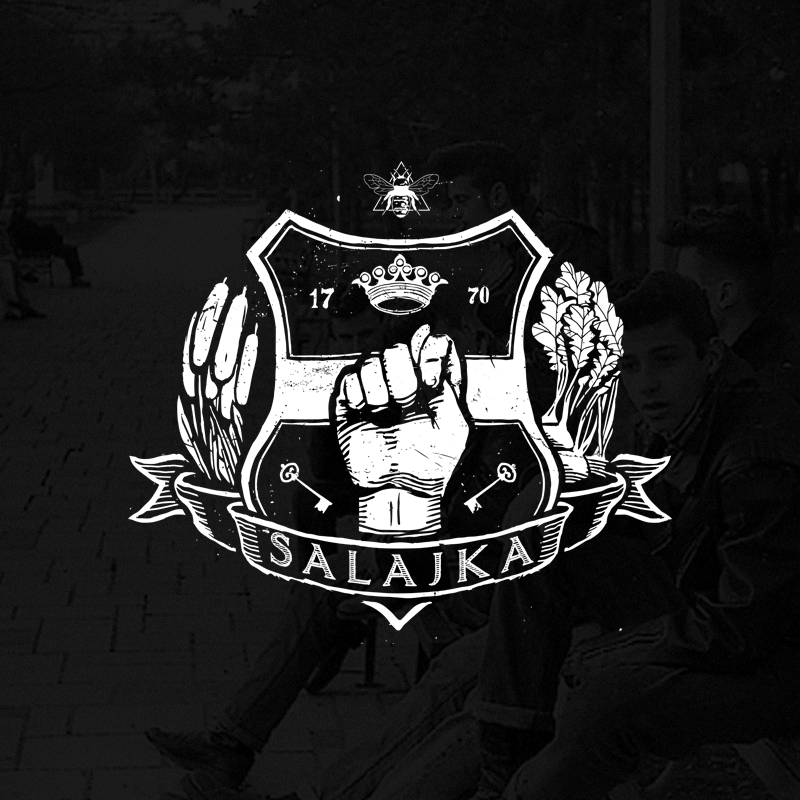
This project delves into the imaginary city of Neusatz.
It unveils the distinct districts and clandestine mysteries within. Neusatz is carved into enclaves such as Detelinara, Liman, Petrovaradin, and Salajka, each with a distinctive ambiance. Intriguing elements of this city encompass the Petrovaradin Fortress, a thriving bicycle culture, and a hat maker by the name of Kovac.



Avijacija
(Serbian: Авијатичарско Насеље), Also known as Avijacija, it is a quarter of the city of Novi Sad in Serbia.
Construction of the settlement started in 1948, and it was named after Avijatičarski put (Avijatičar Road), the road that leads to the local airport "Majevica," the biggest military airport in the Kingdom of Yugoslavia.




.

Detelinara
(Serbian: Детелинара, from Serbian detelina - clover, hence Detelinara = Field of Clovers) is a neighborhood of Novi Sad in the Serbian province of Vojvodina.
The settlement was founded after the First World War and was originally named after the clover that was grown in the area. The clover was sold to the army, which was stationed in the nearby Majevica barracks. The barracks later became a military airport, and the concrete runway can still be seen today.
After the First World War, the city authorities allocated plots of land in Detelinara for the construction of family homes.
In recent years, Detelinara has gained a reputation for crime and drug-related issues, leading to a negative perception of the neighbourhood among many people in Novi Sad. Despite this, Detelinara remains a part of the city and efforts are being made to address the issues and improve the quality of life for its residents.




Liman
Liman is a neighborhood of Novi Sad, a city in the Serbian province of Vojvodina.
According to the historical data from 1764, the area on which Liman lies was part of the stretch of forest from Futog to the historic city center of Novi Sad; it was known as Great Liman.
According to the historical data from 1764, the area on which Liman lies was part of the stretch of forest from Futog to the historic city center of Novi Sad; it was known as Great Liman.
The word "Liman" comes from Ancient Greek and means "bay" or "harbor."
In the past, the city of Novi Sad had "Mali" (Little) and "Veliki" (Great) Liman. Little Liman was located in the area of today's city center and until the early 1930s there were ponds, sandy beds, water plants, willow trees, and meadows there. The name Little Liman was lost over time as the area was fully developed and the city center was connected to the Danube.
The construction of a railway began in 1881 and a railway embankment was built on part of Great Liman. The railway crossed a bridge and passed through a tunnel under the Fortress.
With the start of World War II and the People's Liberation Struggle in 1941, there were attempts to blow up the military garage and gasoline depot on Liman. The most successful sabotage on Liman near the railway station occurred on September 11th when 124 telephone and signal cables were cut and a pump to supply steam locomotives with water was disabled.



Klisa
(Serbian: Клиса) is a neighborhood of the city of Novi Sad in Serbia.
Its name is derived from the Latin word "ecclesia," meaning "church place." During Ottoman rule, the Serb population used the word "klisa" to designate places where the ruins of the church buildings were located.




The Old Town
(Serbian: Стари Град) is a neighborhood of the city of Novi Sad in the Serbian province of Vojvodina.
It is the center of Novi Sad, also known as the City Centre. In the Serbian language, the name "Stari Grad" means "Old Town."



Salajka
Salajka is one of the oldest quarters in Novi Sad. Salajka probably comes from the former Austro-Hungarian district called Zala or Sala (Slavonija, near the Drava river). Serbs that lived in that territory wanted to avoid unification with Hungary, so they migrated to the Novi Sad territory; they used to call themselves Zalajci or Salajci.




Podbara
(Serbian: Подбара) is a quarter of the city of Novi Sad in Serbia. Podbara used to be known as "Almaski Kraj" because it was formed as a settlement of people who came from Almasi village. Podbara literary means "under-swamp" in Serbian because this was a swampy region near the Danube river.
Prints















